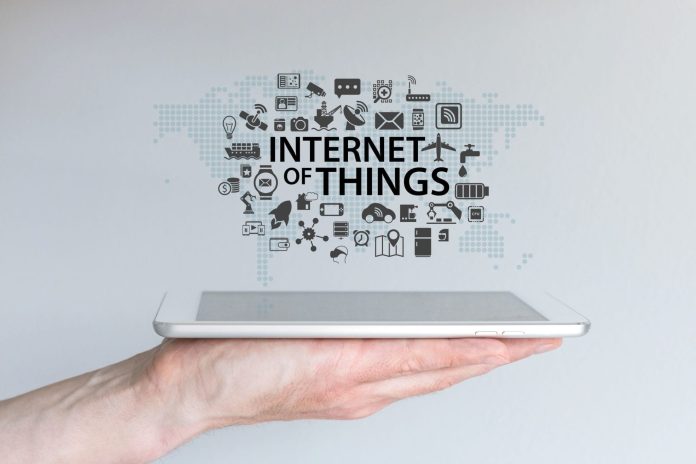SANTA CLARA, Calif.–Mike Krell, head of IoT strategy for James Brehm and Associates, kicked off a panel at Fog World Congress saying, “No one wakes up in the morning and says, ‘I wanna go buy me some IoT. I wanna go buy me some fog.'” Rather, he said, the goal has to choosing an architecture that solves a business problem.
Marciej Kranz, VP of strategic innovations, Cisco Systems, said, focusing on technology, not on business, is “the number one mistake people make. What problem are you trying to solve and how are you integrating it into existing business process?”
Another aspect of this is the proliferation of IoT devices, standards, ecosystem players and platforms. Krell said he tracks 730 different IoT platforms. “The problem is, again, it’s a language problem. It’s not apples to oranges. They all do different stuff.”
Lin Nease, chief technologist of IoT for HPE, said platforms are getting ahead of the problems in need of solutions. “The issue is everyone of these plays, if it’s my operation and I have 50 vendors…are they all going to run into my environment and render their connected assets? I think IoT in general is a misnomer. What it really is is it’s a digitization of the physical world. A lot of the world, as we know it–compute world, mobile world–is in people time. What’s different about IoT is it’s internet of the physical world and it’s in physics time. The speed of light is something we can’t change.”
Marciej Kranz, VP of strategic innovations, Cisco Systems, said the IoT ecosystem is working to get away from a model where one company does it all. We’re starting to see “the movement towards an ecosystem of partners working together based on open systems and open standards.” He said analytics, security, networking, vertical- and market-specific expertise, and even geography figure into the IoT equation. “You can’t just take a solution from Silicon Valley and put it into China or India and hope that it works. You have to actually figure out what you’re good at.”
He continued: “We are starting the IoT journey with very, I would say, rudimentary use cases. We are improving operations, improving efficiencies, improving productivity. We are starting to see also the emergence of new use cases…moving away from optimizing processing and creating new value.”
Krell summed it up. “We’re trying to come up with solution when we’re not talking the same terms to each other.”

